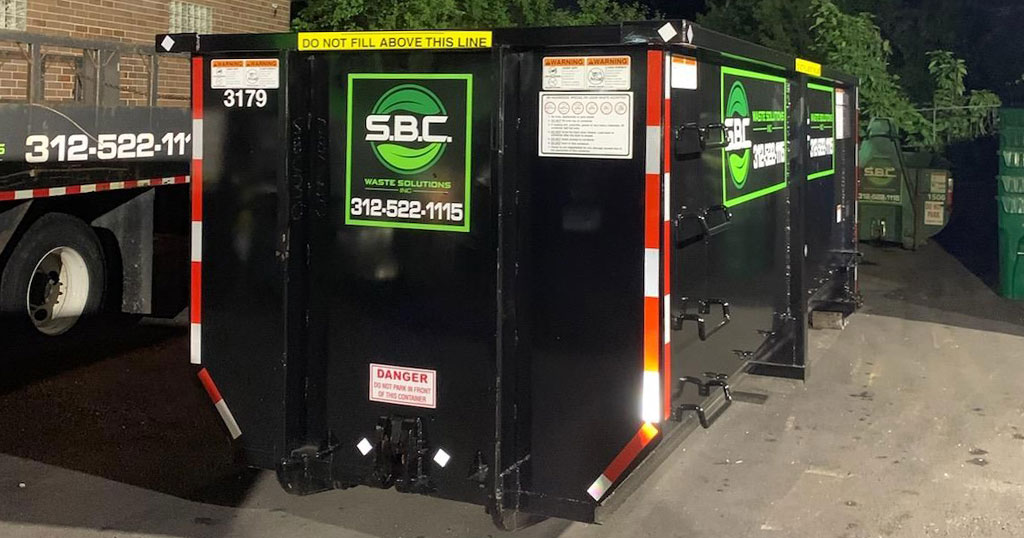Demolition projects, especially in residential areas like Suffolk County, require meticulous planning and adherence to safety protocols to ensure the protection of workers, residents, and the environment. Here are essential safety precautions that should be taken during a Residential demolition Suffolk County:
- Site Assessment and Preparation: Before starting any demolition work, a thorough site assessment should be conducted to identify potential hazards such as asbestos, lead paint, or structural weaknesses. Proper measures must be taken to mitigate these risks, which may include asbestos abatement and securing utilities.
- Hiring Licensed Professionals: It’s crucial to hire licensed Residential demolition Suffolk County contractors who are experienced and knowledgeable about local regulations. They should have proper insurance coverage and follow industry standards for safety and environmental protection.
- Safety Gear and Equipment: All workers involved in the demolition process must wear appropriate personal protective equipment (PPE) such as hard hats, gloves, eye protection, and steel-toed boots. Respirators may also be necessary depending on the presence of hazardous materials.
- Establishing Demarcation Zones: Demolition sites should be cordoned off with barriers and warning signs to prevent unauthorized access. This helps in keeping residents and bystanders at a safe distance from potential hazards like falling debris or heavy machinery.

- Structural Stability and Support: Before demolishing any structure, it’s essential to ensure that the building is structurally stable. Temporary bracing or shoring may be necessary to prevent unexpected collapses during demolition activities.
- Proper Handling of Hazardous Materials: If the demolition involves materials known to be hazardous, such as asbestos or lead, specialized procedures must be followed for their safe removal and disposal. This often involves using certified contractors who are trained in handling hazardous substances.
- Controlled Demolition Techniques: Controlled demolition methods should be employed to minimize the risk of accidental damage to adjacent structures and infrastructure. This may include using cranes, wrecking balls, or explosive charges under controlled conditions.
- Waste Management and Recycling: Proper waste management practices should be implemented to handle debris and materials generated during demolition. Recycling materials whenever possible reduces environmental impact and promotes sustainability.
- Emergency Preparedness: Despite precautions, emergencies can still occur. An emergency response plan should be in place, outlining procedures for accidents, injuries, or unexpected events like fires or structural collapses.
- Compliance with Regulations: Ensure compliance with all local, state, and federal regulations regarding demolition activities. This includes obtaining necessary permits, adhering to noise ordinances, and protecting air and water quality.

